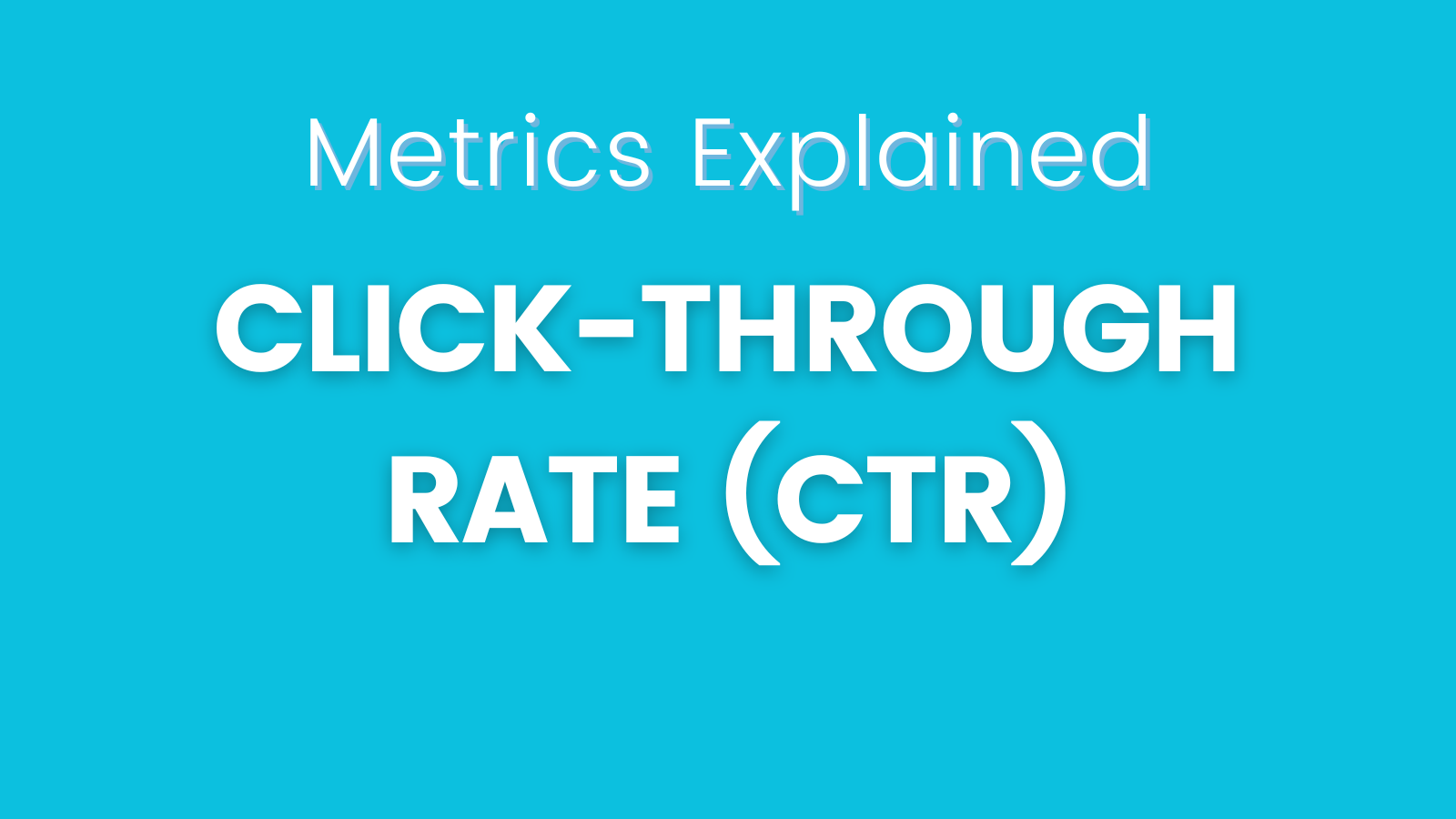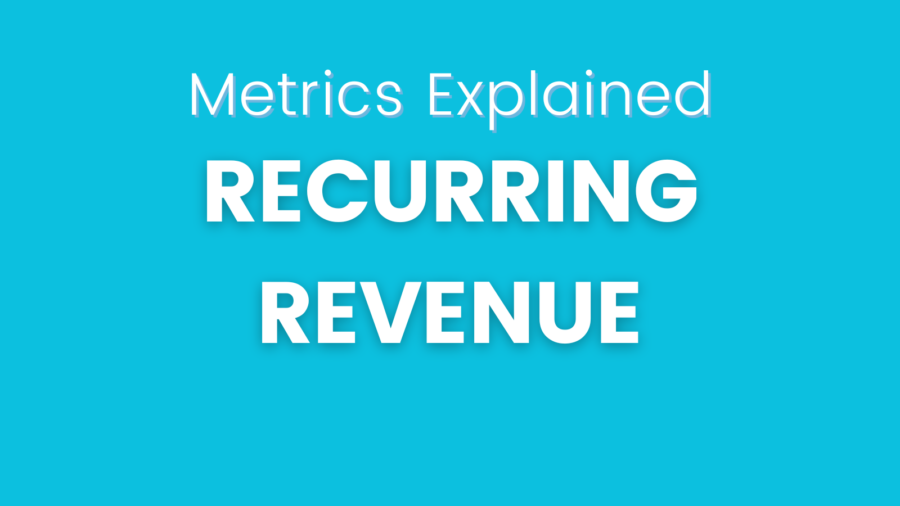Click-through rate (CTR) is a fundamental metric in product analytics that measures the effectiveness of a specific call-to-action (CTA) or link in generating user engagement. It is commonly used in email marketing campaigns, online advertising, and website analytics to assess the success of clickable elements in capturing user interest and driving desired actions. Calculating CTR provides valuable insights into user behavior and the performance of your product’s clickable elements.

- Define the Clickable Element and Data Collection:
First, To calculate CTR, identify the clickable element you want to measure, such as a CTA button in an email, an advertisement, or a link on your website. Ensure that you have the necessary data collection mechanisms in place to track user interactions with this element accurately. - Gather Data:
Collect data on the number of times the clickable element was shown to users (impressions) and the number of times users clicked on it. This data will be used to calculate the CTR. - Calculate Click-through Rate (CTR):
To calculate CTR, use the following formula:
CTR (%) = (Number of Clicks / Number of Impressions) * 100
For example, if your CTA button in an email was shown 1,000 times, and it received 100 clicks:
CTR (%) = (100 / 1000) * 100 = 10%
In this example, the CTR for the CTA button in the email campaign is 10%, indicating that 10% of the users who viewed the CTA clicked on it.
- Analyze and Optimize:
Interpreting CTR data allows businesses to assess the effectiveness of their clickable elements and make data-driven decisions to optimize their product or marketing strategies. A higher CTR suggests that the clickable element is engaging and resonating well with users, while a lower CTR may indicate the need for improvements in the design, positioning, or messaging of the element.
Regularly monitoring CTR and experimenting with different variations of clickable elements helps businesses understand user preferences and behavior, leading to more successful conversion and engagement rates. Optimizing CTR can ultimately drive higher user engagement, increase conversions, and enhance the overall success of your product or marketing initiatives.
Check other metrics from our Metrics Explained series.





